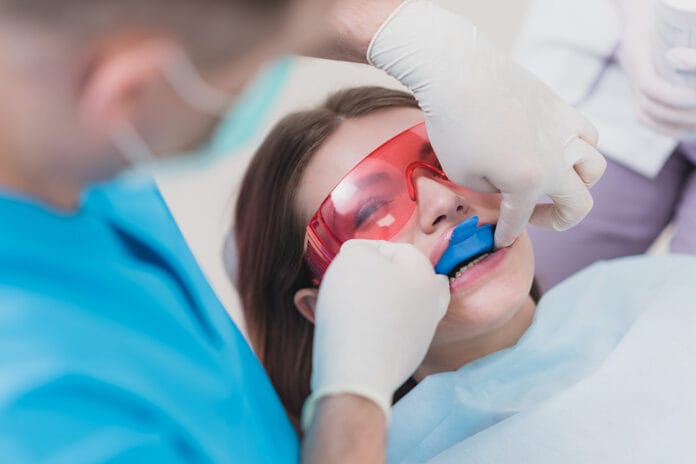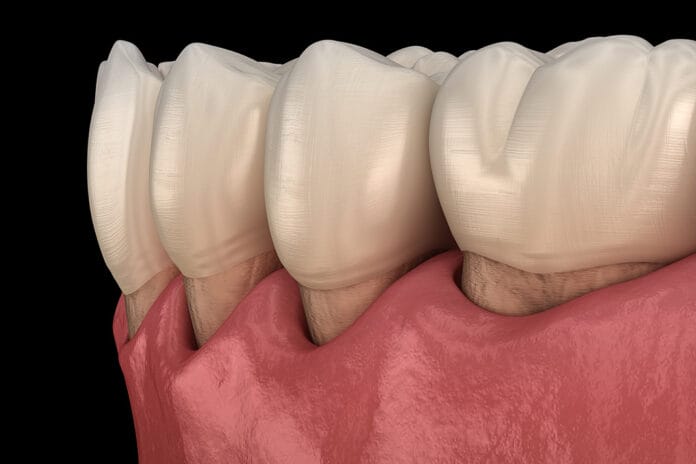Emma Degner, RDH
Lichen Planus: Dental Professionals Should Diligently Monitor Lesion Development during Care
Several of my female patients have recently presented with the same pathological condition of lichen planus. They were treated in the same way with...
Aspiration Pneumonia: Understanding the Importance of Oral Care among the Elderly
As human beings age, disease progression occurs more frequently and rapidly. Oral health providers understand the systemic connection between the mouth and the rest...
Stannous vs. Sodium Fluoride: When Dental Professionals Should Customize Treatment
Over the years, the most common reason to use an active ingredient such as fluoride in toothpaste or oral rinses was to reduce dental...
The Importance of Knowledge on Dietary Supplement Use
As dental professionals know, dietary supplements are continually becoming more popular for consumers of all ages. From memory support and sleep aids to skincare...
Subepithelial Connective Tissue Grafting: Treatment for Severe Gingival Recession
Recession is a common gingival tissue problem resulting from the apical migration of the marginal gingiva.3 As presented by Mercado et al., gingival recession...





